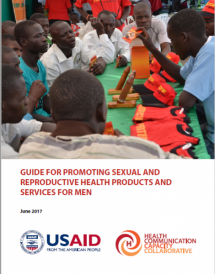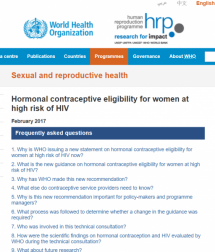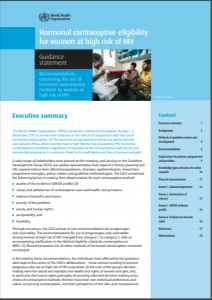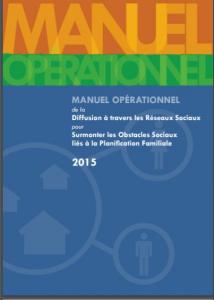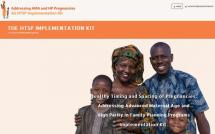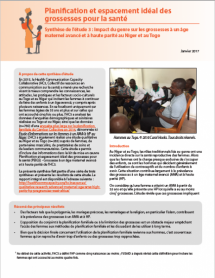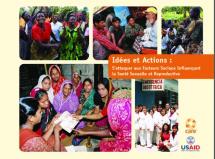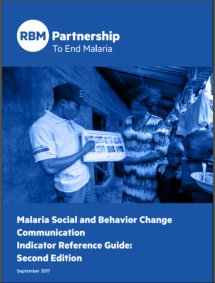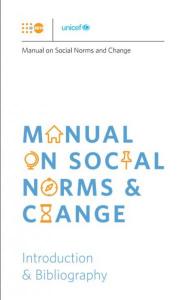Guide for Promoting Sexual and Reproductive Health Products and Services for Men
The Guide for Promoting Sexual and Reproductive Health Products and Services for Men focuses on meaningfully engaging men and creating an enabling environment to increase men’s use of SRH products and services. Drawing on lessons learned from the promotion of male condoms, vasectomy, voluntary medical male circumcision (VMMC), HIV testing services (HTS) and sexually transmitted infection (STI) testing and treatment, the guide provides guidance, resources and examples of approaches that have increased men’s use of SRH products and services in a variety of settings.
In the guide, you will learn about programs that have successfully addressed harmful social and gender norms, which have traditionally excluded men from fully participating in their SRH care. You will also learn how programs have addressed beliefs and misinformation, and built social support for men’s use of SRH products and services using a variety of social and behavior change (SBC) approaches.
The guide highlights key considerations for developing SBC strategies and activities for increasing men’s SRH, including:
• Developing an SBC strategy;
• Developing a deeper understanding of audiences;
• Segmenting audiences for better messaging;
• Tailoring messages to the life stages of men;
• Engaging women as partners and mothers;
• Promoting couples communication;
• Using gender transformative programming;
• Utilizing peer educators and mentors;
• Engaging community and religious leaders;
• Using technology: mobile health (mHealth), hotlines and social media;
• Providing high-quality comprehensive counseling;
• Branding SRH products and services for men;
• Using client testimonials and engage male champions; and
• Considering the timings and design of communication campaigns.
Last modified: March 25, 2019
Language: French

